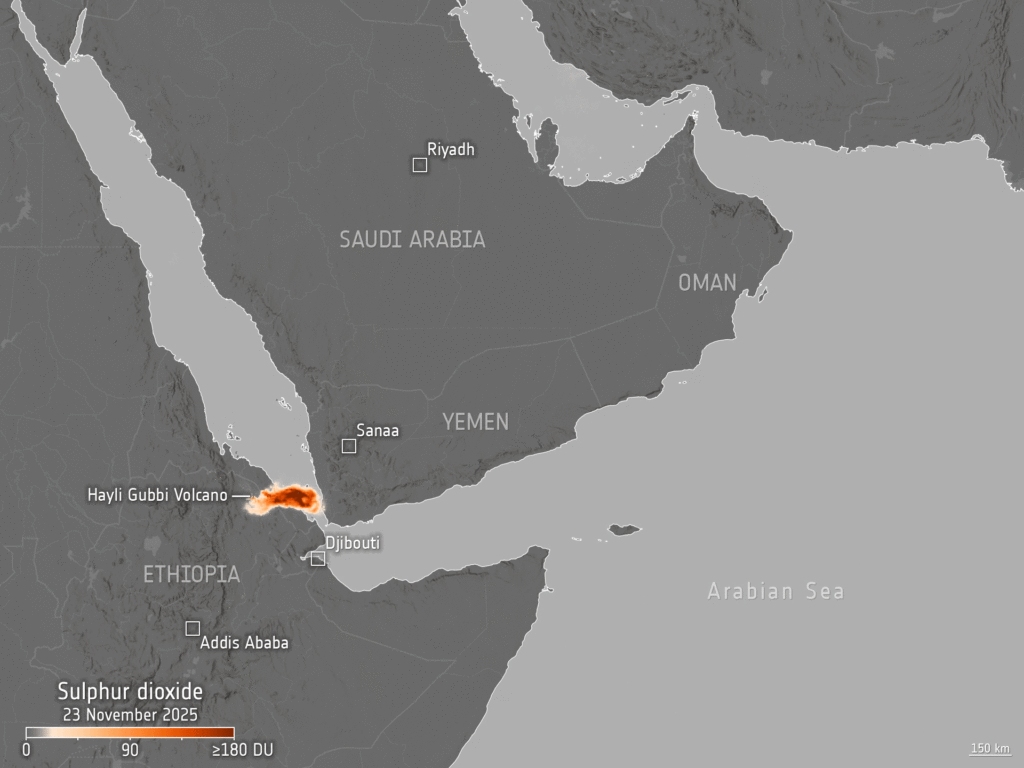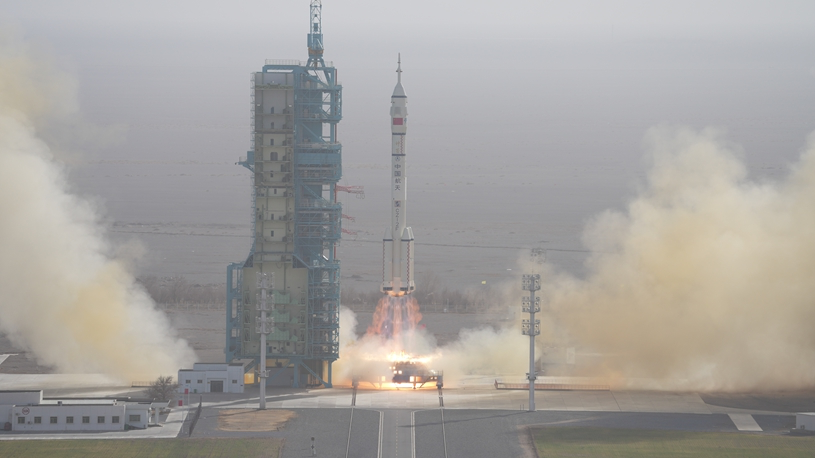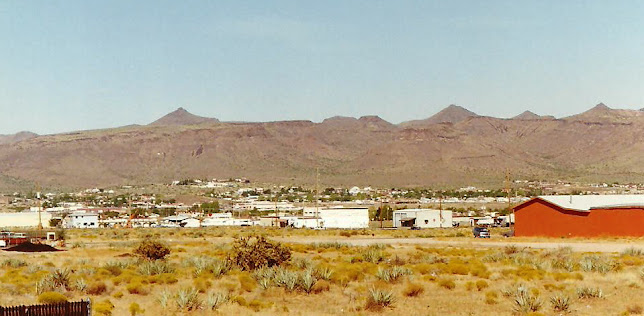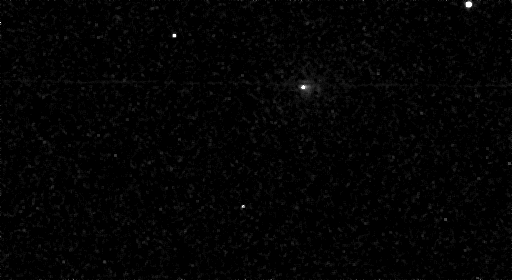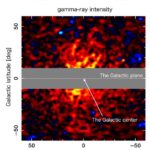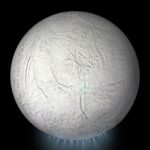Now Reading: Research Uncovers New Insights into Martian Dust Devil Dynamics and Weather Patterns
-
01
Research Uncovers New Insights into Martian Dust Devil Dynamics and Weather Patterns
Research Uncovers New Insights into Martian Dust Devil Dynamics and Weather Patterns
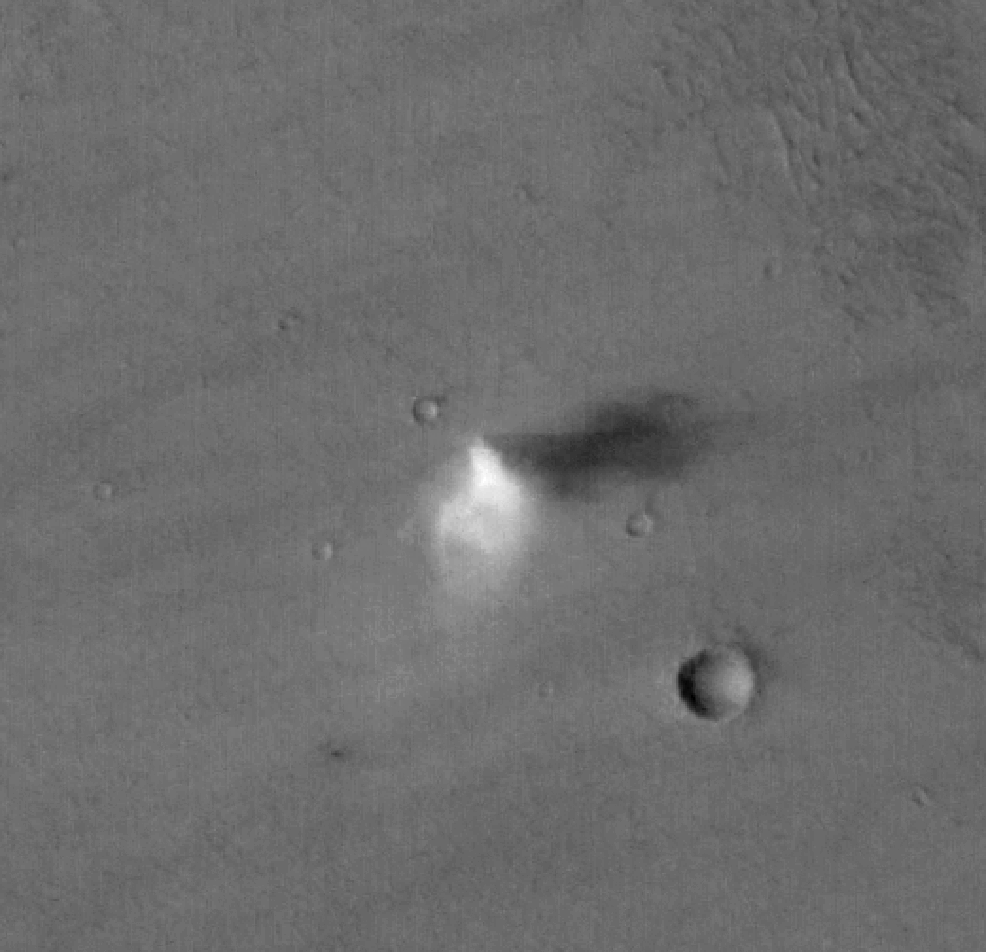

Recent research led by Valentin Bickel at the University of Bern has unveiled critical insights into Martian weather, particularly the behavior of dust devils. In a comprehensive study published in the journal Science Advances, scientists analyzed two decades’ worth of images from the European Space Agency’s Mars Express and ExoMars Trace Gas Orbiter. This investigation documented 1,039 tornado-like dust devils that showcase the planet’s dust circulation dynamics, revealing that wind speeds on Mars can reach up to 44 m/s, or approximately 158 km/h, significantly higher than previous estimates.
The study sought to map the movement of these dust devils, which had previously been observed only sporadically by rovers and orbiters. By employing a neural network trained to identify dust devils in the imagery taken since 2004, researchers compiled the first-ever catalogue detailing the speed and direction of these phenomena across the Martian landscape. Bickel noted that tracking the dust devils allowed for an unprecedented view of wind patterns on the planet, noting, “Dust devils make the normally invisible wind visible,” providing essential data for understanding climate interactions on Mars.
Understanding dust on Mars is not trivial; it plays a pivotal role in regulating temperatures by blocking sunlight during the day and providing insulation at night. Moreover, dust particles can initiate cloud formation and, during intense dust storms, potentially expel water vapor into space. Unlike Earth, where precipitation clears airborne debris, Martian dust can linger in the thin atmosphere for extended periods, necessitating an understanding of the conditions that elevate it.
The research revealed that dust devils predominantly emerge during Mars’ spring and summer months, generally peaking in the early afternoon local solar time. This seasonal behavior mirrors that of Earth, where similar whirlwinds frequently occur in arid areas during the warmer months.
For future exploratory missions, this extensive dataset is invaluable. It can help scientists predict dust accumulation on landers and rovers, allowing for better planning—in particular, the ExoMars Rosalind Franklin rover, which aims to land in 2030, is strategically scheduled to avoid the global dust storm season.
Bickel emphasized that this catalogue of dust devil observations is already publicly available, with the potential for ongoing additions as Mars Express and ExoMars TGO continue to capture new images. The wealth of data not only enhances the existing theoretical models of Martian weather but could also inform the timing and strategies for future missions, including targeted imaging of known dust devil locations for enhanced study.
Colin Wilson, project scientist for both Mars missions, expressed enthusiasm for the innovative application of these spacecraft, stating that understanding the dust cycle especially important, given its influence on both weather conditions and imaging capabilities on Mars. With ongoing research and data collection, the scientific community’s grasp of Martian environmental processes continues to evolve, paving the way for more informed exploration of the Red Planet.
Stay Informed With the Latest & Most Important News
Previous Post
Next Post
-
 012024 in Review: Highlights from NASA in Silicon Valley
012024 in Review: Highlights from NASA in Silicon Valley -
 02Panasonic Leica Summilux DG 15mm f/1.7 ASPH review
02Panasonic Leica Summilux DG 15mm f/1.7 ASPH review -
 03How New NASA, India Earth Satellite NISAR Will See Earth
03How New NASA, India Earth Satellite NISAR Will See Earth -
 04And Thus Begins A New Year For Life On Earth
04And Thus Begins A New Year For Life On Earth -
 05Astronomy Activation Ambassadors: A New Era
05Astronomy Activation Ambassadors: A New Era -
06SpaceX launch surge helps set new global launch record in 2024
-
 07Space Force plans new ‘Futures Command’ amid pressure to speed up modernization
07Space Force plans new ‘Futures Command’ amid pressure to speed up modernization












